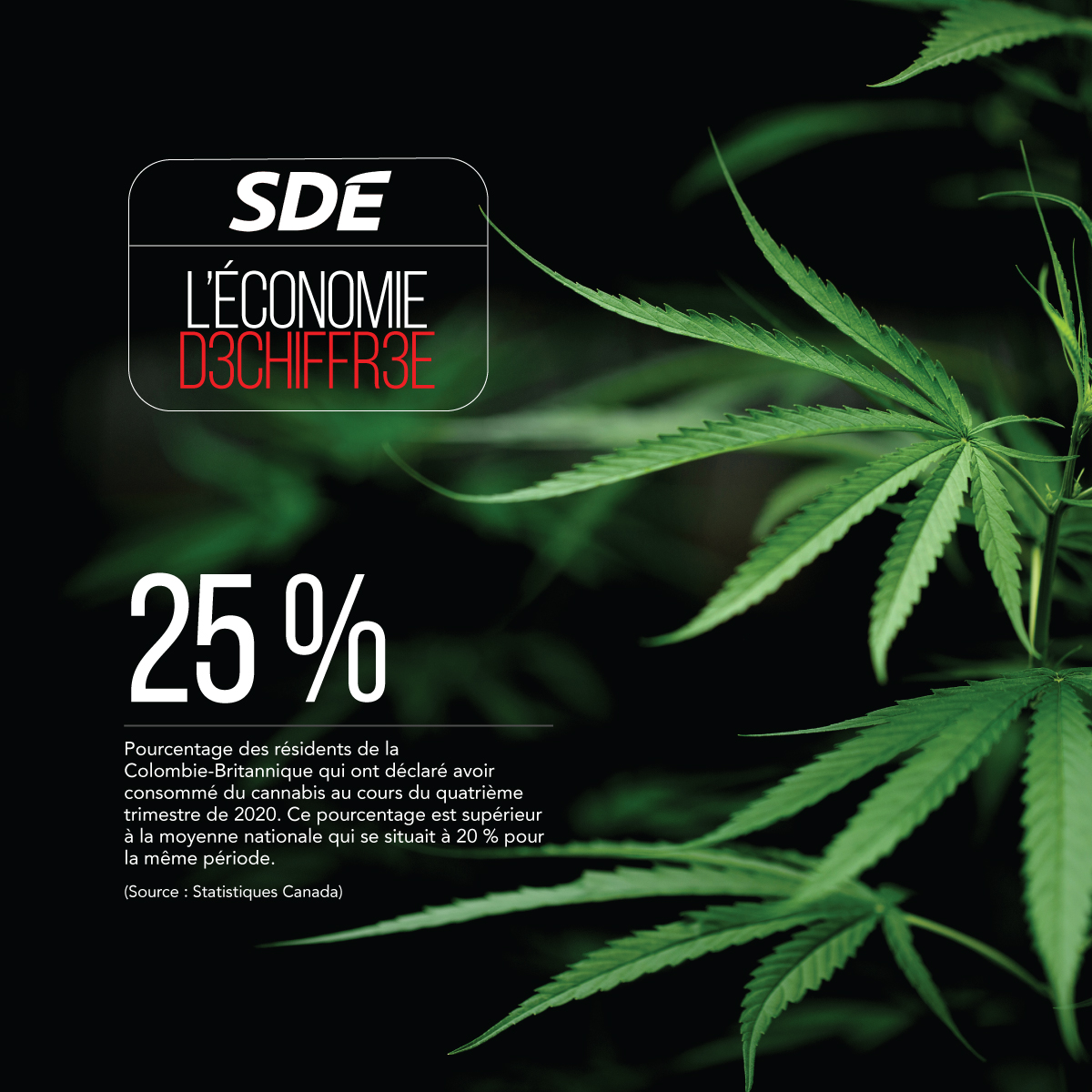It is expected that the forthcoming “metaverse” (a term composed of “meta” and “universe”) will change our relationship with the internet. Is this expectation right or is it another example where the hype outweighs the innovation? Put on your headset and let’s dive in the universe of virtual reality.

On 28 October 2021, Mark Zuckerberg, the CEO of Facebook, announced that the company was going to change its name to Meta. This is of course not the first example of a company that adopts a new name in order to create a distinction between the company itself and its most popular product (a few years ago, Google has done the same thing when it became Alphabet). The special thing in the case of Facebook/Meta is the choice of the name: Meta. In fact, besides the desire to separate the legal entity from one of its products, the choice of Meta is indicative of the vision of M. Zuckerberg for the future of his company, notably its desire to make it a main player in the metaverse. Changing the name, changing the direction and Meta are dedicated to “give life to the metaverse” (1). It is a big bet, but also a brave demonstration of the hopes that some would blend in the metaverse.
Meta-what?
However, what are the reasons for this interest in the metaverse, so much from Facebook as well as several other leading actors in the technology sector (Microsoft, Alphabet, Apple, etc. also intend to make considerable investments in this technology over the coming years)? What are the promises of this emerging technology which can justify the billions of dollars devoted to it?
Simply, one could say it is about immersive internet. Both literally and figuratively, we talk about 3D internet: no more internet on a flat screen, the metaverse promises an internet in relief where the virtual experience (see the box below) looks almost like reality (whether it is a “possible” reality like a meal with friends, for example, or a fictional reality, such as a gliding flight for several hours above the Andes), but without having to move.
It is possible to create this immersion by a combination of technologies, some of which are new, and some are older. Among these newer technologies, we must mention the virtual reality headsets, which are put in front of the eyes to create a new field of view where the essence of the virtual reality occurs. Think of a television screen that could surround you completely and the objects there are in 3D. The term “immersion” again comes to mind.
The same thing goes for the sound as the visual experience is often more enriched thanks to the headphones that can reproduce an infinity of sounds (real, like the flapping wings of a bord, or imaginary, like the noise of a hammer for defeating an enemy during a battle in a fictional world inspired by the Middle-Ages).
Besides the used equipment (as well as the progress in connectivity material without which the technology would not exist), the metaverse relies also on some concepts that seem inspired from the science fiction. This is notably the case of avatars (the virtual representation of a person capable of acting in the metaverse. An avatar could be a faithful representation for its equivalent in the real world, or take a totally imaginary form, like a dragon for example). Being a well-known concept to the fans of interstellar travels, the “teleportation” is also possible in the metaverse: since the metaverse is an assembly of universes created by the users, it is possible to “travel” from one universe to another in a virtual way. One moment, your avatar is fighting a giant ogre, and the next instant you attend a virtual party with your friends (with their avatars to be more precise).
Despite the disparity of the universes, there exist some connecting threads in the metaverse, in particular the cryptocurrency (which was necessary) and the non-fungible tokens. In fact, your avatar can teleport from one metaverse to another (and make transactions there) while keeping its assets (under the form of cryptocurrency or other digital money) or its other virtual properties (as an artwork, for example) thanks to non fungible tokens (see the file entitled “Ownership of digital artwork: a cryptic solution” for learning more about this new way of protecting the ownership of digital properties) (2). We even gave a name to this permanency of assets from one metaverse to another and it is “interoperability”.
In short, the metaverse is meant to be a virtual reality that is grafted onto the physical reality (it is tempting to say underneath this reality, or in a “meta” way) where everything, even what is impossible to be physically done due to our body limits, will eventually become possible.
The games: entrance gate to the metaverse
If there is only one lesson about technological innovations, it is that they all are almost discovered by the internet community before being adopted on a wider scale by the majority. The metaverse is not an exception, where it is the online gaming industry that had to give the first examples of its potential in the virtual reality.
The teenagers’ parents (and even some adults) will remember without doubt the Pokémon Go phenomenon, the smartphone application launched by Nintendo a few years ago. Downloaded more than 500 million times in 2016, the application was a resounding success and thereby contributed to popularizing the augmented reality (with their smartphones, the users of Pokémon Go explored their physical environment searching for various creatures).
Similar excitement happened a few years later for Fortnite, a multiplayer online game that shares several concepts with the metaverse without actually being part of it (especially in terms of interoperability where real world and virtual world are mixed sometimes, as proven by holding concerts by popular artists like Ariana Grande in the world of Fortnite universe).
Other games also approach the idea of metaverse. Roblox, for example, is a platform for many individual games connected to a wider ecosystem. From its part, Unity, a 3D development platform, is investing in the “digital twins” (digital copies of the real world) and the graphics society Nvidia is building its “Omniverse” that it describes as a permanent platform for connecting virtual 3D worlds.
Other applications on the horizon
However, the games represent only a tiny part of the anticipated potential of the metaverse: traveling to all the corners of the world (what would you say about a trip in a canoe in the Amazon River, without mosquitoes?), planning (and visiting) your new residence before even it is even built, viewing the human body organs from inside, are also possible applications for the metaverse. It is not true to say no human activity field that would not be susceptible to adaptation in the virtual reality: education, entertainment, commerce, manufacture, and so on.
Even the real state domain has started the transition to the metaverse, although it is not the real estate in the classic meaning of the term: in fact, much like in the real world, it is possible to buy and sell (most of the time by means of cryptocurrency) digital “properties” on some portals. Although this type of transactions would still be considered “highly speculative” (a little like in the real world, on the long run), several experts think that the metaverse will be built on its own parallel economy. Virtual real estate has become so expensive such that some digital properties are evaluated at several million dollars. This is particularly the case of one “land” in Decentraland (a virtual world created by the Metaverse Group company) which was sold in November 2021 for 618,000 mana (the digital currency in Decentraland. This amount represented $2.4 million in crypto currency at the time of the sale, a record at that time) (3). This amount was almost overshadowed a week later by the sale of another “land” in The Sandbox (another virtual world) for the sum equivalent to $4.2 million.
Inspired by these huge amounts for non-existing properties, the virtual worlds expanded: besides Decentraland and The Sandbox, we should mention Superworld, a virtual world that is meant to replicate our real world where it is possible to buy, sell or speculate on the value of some virtual lands covering our whole planet. At present, Superworld contains $64.8 billion (you read it right) of virtual lands and properties, including the mount Everest (selling price: 0.1 ETH), Taj Mahal in India (selling price: 50 ETH) or even the Eifel tower in France (selling price: 100 ETH). Vancouver residents will be happy to know that they can buy the Granville Market for total of 0.1 ETH (about 175 Canadian dollars at current prices). That is a real bargain (or a very romantic present).
The future, with or without headset
It is still unknown whether the metaverse will fulfill all the hopes we have for it. The technology is widely existing (even if we never stop innovating in this field), but it is yet to be determined whether human beings will prefer the virtual reality (with its freedom) over the physical reality, that is maybe less exciting, but has the value of offering a more complete sensory experience. As noted by a report of the firm Credit Suisse presented in March 2022, “The virtual worlds are improving in terms of audio/visual but still fall short on three of the five senses (smell, taste and touch) to be fully immersed in the experience” (5). That is, there is not yet a real substitute for the reality.
Augmented reality, virtual reality and mixed reality
We often hear about “augmented reality” and “virtual reality”, sometimes interchangeably, however it is not.
Indeed, the augmented reality and virtual reality (usually abbreviated AR and VR) are the reality technologies that enrich or replace a real environment by a simulated environment. That is all the resemblance between them.
In fact, the augmented reality (AR) enriches your surrounding by adding digital elements in the reality, often by using a smartphone camera. You can for example see the weather forecast without obstructing your field of vision. Or again, a speed indicator when you cycle or the details on the artwork in a museum. This is a bit as if we added a supplementary information “layer” to the reality, but without ever leaving it.
Regarding the virtual reality (VR), it is a complete environmental simulation which replaces the user’s world by an entirely virtual world. As these virtual environments are created from scratch, they often aim to go beyond the reality. For example, the VR can allow the user to swim with exotic fish near the Great Barrier Reef.
The “mixed reality” (MR) is sometimes added to these two realities, where, by specially designed goggles, the potentials of virtual reality and augmented reality come together. Thus, realistic 3D images appear in the real world. You can for example play a game in which hostile robots enter your living room through the walls or place a virtual TV on the wall, which will always be hung when you watch it.
Published by the Société de développement économique de la Colombie-Britannique, the series of topics “deciphered economy”, which is intended to connect several statistical data related to the economy of British Columbia in order to better prepare its customers so that they can understand the present and future challenges.
Notes :
(1) : https://about.fb.com/news/2021/10/facebook-company-is-now-meta/


